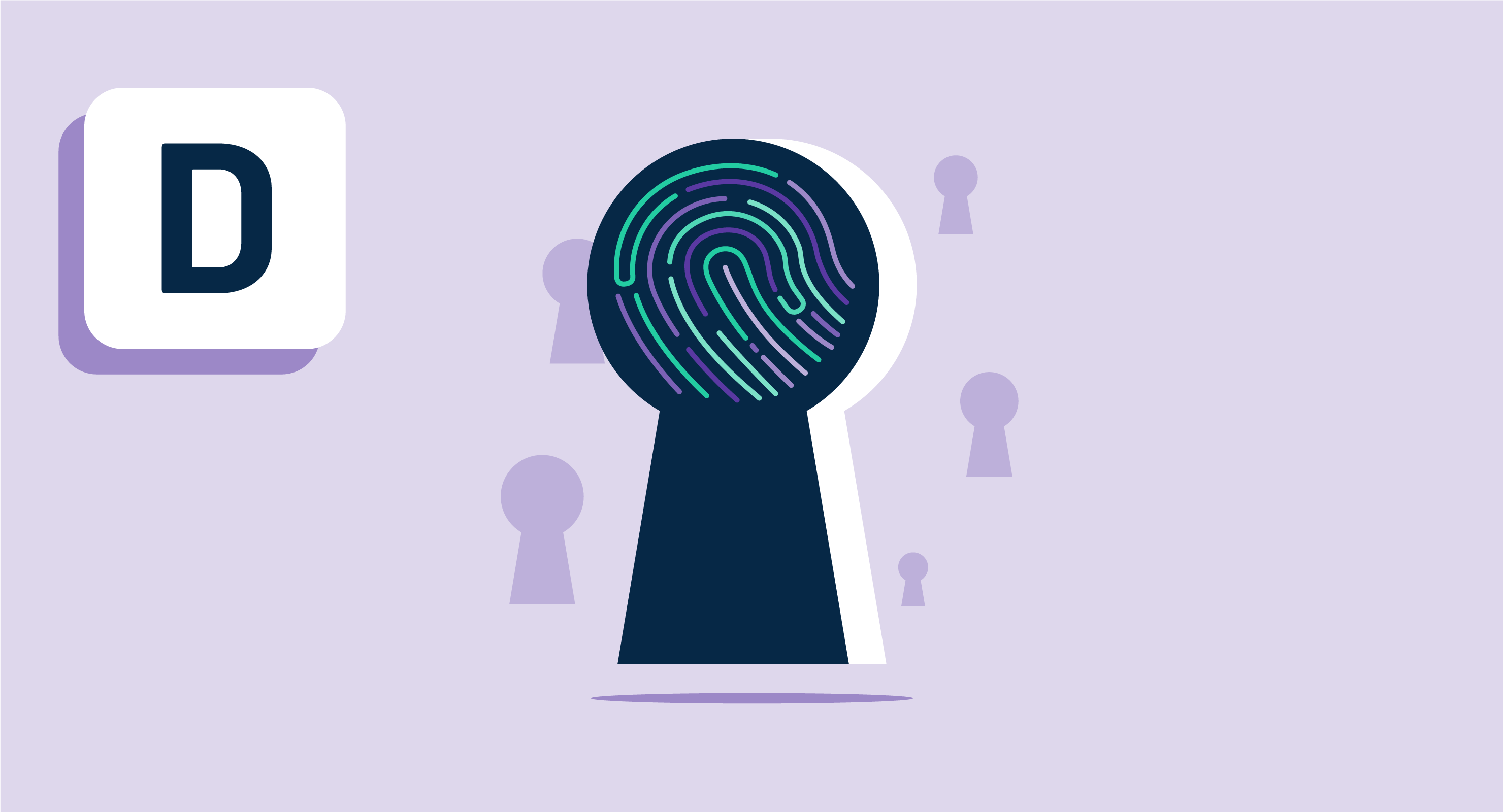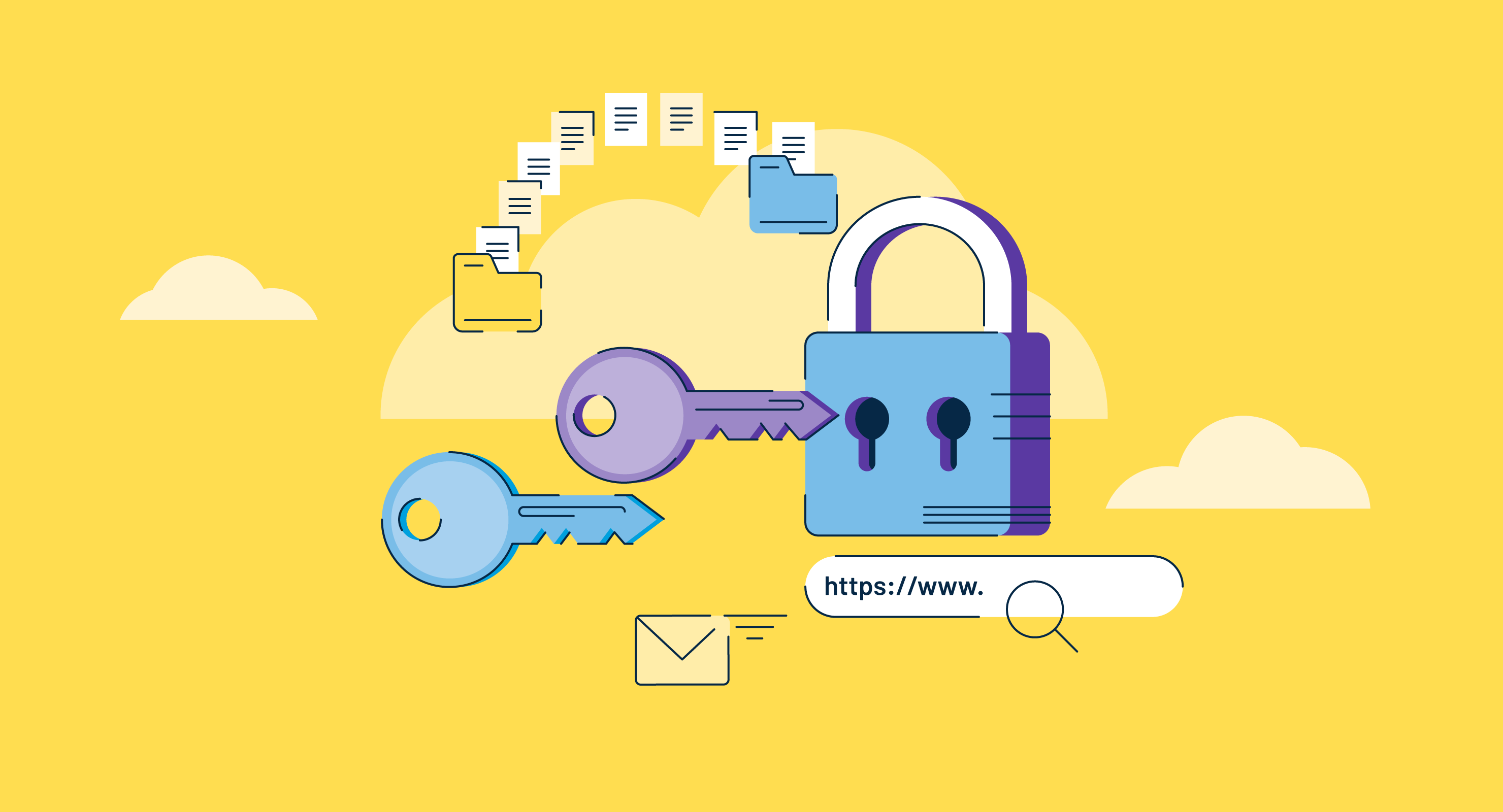What is data security?
Data security is the practice of protecting digital information assets from unauthorized access, disclosure, modification, or theft. This practice guards data against accidental or intentional threats and preserves its confidentiality, integrity, and availability throughout its lifecycle in an organization.
Data security strategies involve adopting robust data protection policies, identity and access management (IAM), administrative controls, physical security, compliance regulations, and various other techniques and technologies to protect data from cyber threats and breaches.
Proper implementation of data security practices helps a business preserve its critical assets and avoid litigation cases and huge fines incurred due to security breaches. It enables companies to save their reputation and organizational interests.
Types of data security
Data security practices are designed to achieve the following objectives:
- Data encryption protects data by converting normal data into scrambled, unintelligible data that is rendered unusable to others without decrypting it.
- Data masking hides sensitive data by replacing it with functional data that can be used for testing and prevents data disclosure to malicious users or internal personnel who might use it.
- Data destruction ensures that data is unrecoverable. It overwrites or erases data on any storage medium whenever needed.
- Data resilience is the ability of IT infrastructure and servers to bounce back after a security incident to recover stored data. It includes maintaining data backup for recovery and data center protection during any type of security incident, hardware issues, or other failures.
- Data de-identification and pseudonymity replaces identifying data in datasets with artificial identifiers, reducing the risk of holding personally identifiable information.
- Data loss prevention monitors for abnormal insider threats and helps secure control and ensure compliance of sensitive business information.
Benefits of maintaining data security
Data security strategies and practices benefit a business in several ways:
- Protects valuable and sensitive information: Data security practices help protect sensitive data and maintain its confidentiality, integrity, and availability at all times.
- Maintains reliable reputation: Data security preventive measures enable businesses to keep their customers’ data safe and secure and allow them to maintain a trustworthy reputation in the market.
- Ensures compliance with industry standards: Data security practices help you set preventive measures to safeguard data against unauthorized access, enabling businesses to comply with industry standards that hold data protection paramount.
- Keeps away costly fines and litigation: Following data security practices allow businesses to avoid data breaches and prevents an organization from heavy fines and litigation.
- Prevents business loss: Cyber attacks (malware injection, ransomware, etc.) can cause a massive impact on organizations, leading to unexpected downtime. Data security measures help avoid cyber attacks and prevent any business loss.
Key elements of a data security policy
Data security policy is based on the type of business, location, and business needs. It doesn’t have to be the same for all companies.
These are a few general elements that are fundamental to any reliable data security program:
- Data-centric security focuses on securing the data itself rather than the infrastructure or application used to store or access that data. Businesses use data-centric security solutions to protect data that moves between locations such as on-premises to cloud storage, between multiple applications, or to third parties.
- Accountability emphasizes the responsibilities of IT, workforce, and management in a data security program. It’s crucial to ensure that an organization’s workforce is completely aware of different categories (public, internal-only, confidential, and restricted) of data and how to handle them.
- Network services policies press on handling remote access management, IP address configurations, detecting intrusions, and various other network protection parameters.
- Vulnerability management and patching focus on performing periodic vulnerability scans on an organization’s assets and fixing vulnerabilities with effective patch management.
- System security covers security configurations of all critical operating systems, servers, firewalls, and antivirus software. System security policies also envelop rules regarding access to a company’s network, access controls, and identity management.
- Incident response defines appropriate response measures during a security incident, including analysis and reporting of an incident and steps to prevent the incident from reoccurring.
- Acceptable usage describes all actions on data that constitute acceptable use. It’s necessary to lay out clear expectations from employees while using data.
- Compliance monitoring centers an organization’s focus on complying with different industry standards by conducting regular audits.
- User account monitoring and control includes evaluating and monitoring access privileges assigned to individual users in an organization and managing their accounts.
Data security strategies
People, processes, and technologies are business-enabling parameters for any organization. A comprehensive data security strategy needs to incorporate all three to safeguard a company against data breaches.
A comprehensive data security strategy will include:
- Access management and controls: Businesses should follow a concept of least privilege access, where access to databases, networks, and administrative accounts is granted to limited and authorized users only. The access controls are set to access those assets that are critical to users for performing their job.
- Data encryption: It includes encryption for data at rest, in transit, or in use. When data is stored and isn’t used actively, data encryption will protect it from being accessed, modified, or stolen while at rest. For data in transit, encryption is used to prevent plaintext data from being intercepted by unauthorized parties. To prevent unauthorized access to data in use, companies can adopt homomorphic encryption; it doesn’t require a dataset to be decrypted before processing.
- Security of servers and user devices: Companies need to ensure that their data stored in on-premise data centers or public cloud infrastructure is safe from unauthorized access. It’s of utmost importance that both environments have appropriate security measures in place to suppress an intrusion.
- Application security and patch management: It involves maintaining application security with vulnerability management, authorization, authentication, encryption, application security testing, and installing patches regularly. Companies need to be proactive in updating applications as soon as vendors release their patches.
- Network security and endpoint security: It focuses on implementing comprehensive security suites for threat detection, management, and response across all on-premise and cloud platforms. It enables businesses to secure their environments and endpoints.
- Data backups: For any reliable data security strategy, maintaining a rigorously tested data backup is paramount. Businesses should ensure that all database backups are secured with similar security controls that oversee access to primary databases and core systems.
- Employee training: Educate employees to understand acceptable usage policies, identify different categories (public, internal-only, confidential, and restricted) of data, and follow best security practices to help businesses safeguard their data against threat actors.
Data security best practices
Adopting the following data security practices allows businesses to establish security measures to protect against data breaches.
- Identification and classification of sensitive data: Businesses should identify the types of data they need to secure and classify it in different categories based on its value to the organization.
- Documentation of data usage policy: Organizations must ensure that they have a documented policy that defines types of access, access privileges, and precise data usage practices.
- Monitoring access to sensitive data: The focus is on providing the least information, which is indispensable for a user to perform their role. It involves identifying the user’s user requirements, providing them relevant access privileges, and monitoring access rights in an organization’s entire employee life cycle.
- Physical security of data: It involves ensuring the safety of components that interact with your organization’s data and devices that store it. Implementing strict access control over workstations, servers, and databases to protect against unauthorized access is essential while ensuring data’s physical security.
- Implementing a risk-based approach to security: Risk-based approach to data security helps businesses comply with industry regulations and prevent data breaches. Any corporation taking a risk-based approach should identify its critical assets, state of cybersecurity, and risk associated with every digital asset’s compromise.
- Adopting multi-factor authentication: Businesses can add an extra layer of security to user accounts with multi-factor authentication. It encourages users to prove their identity multiple times and ensures robust data protection.
Data privacy vs. data security
Data privacy deals with individuals' rights about the processing (based on consent, notice, and regulatory obligations) and use of their sensitive data, such as personally identifiable information.
Data security is focused on protecting data from unauthorized access or malicious attacks. It enables businesses to set preventive measures using different technologies and practices to ensure data privacy.

Sagar Joshi
Sagar Joshi is a former content marketing specialist at G2 in India. He is an engineer with a keen interest in data analytics and cybersecurity. He writes about topics related to them. You can find him reading books, learning a new language, or playing pool in his free time.




















